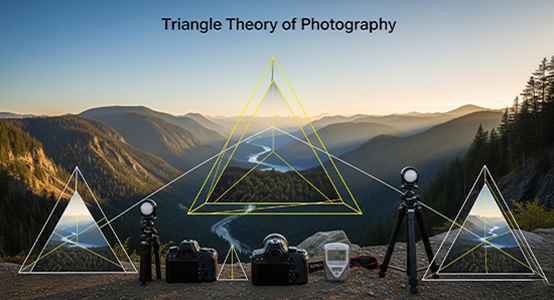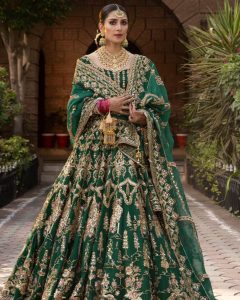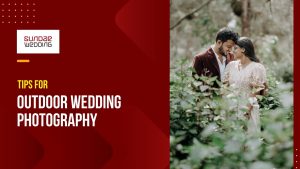The Triangle Theory in photography is a method of composition that makes use of the form and balance of the two triangles to attract attention of the viewer into the picture and arouse dynamic interest. Such method can be very effective as it directs the eye of the viewer in the photograph in an orderly manner but still pleasing to the eye.
The rationale behind the triangular composition working in photography
- Visual Guidance: The triangular composition inherently leads the eyes of the viewer in one direction to the other in the frame and creates a feeling of motion in the picture.
- Balance and stability: Triangles have the quality of stability just because of their shape and compositions appear solid and well balanced.
- Emotional Influence: Triangles may be regarded as powerful (triangle as a pyramid) or powerless (inverted triangle) in various contexts and this introduces an emotional element in the story of the image.
- Shapes Various: Unlike the rule of thirds where it is more of placement, triangles have a more varied method of creating different shapes and sizes in the composition, which creates a depth and complexity.
The Triangle Theory of Your Photos
- Trying To Find Natural Triangles: This is where you want to find triangles that just exist in your scene, they may be objects like trees, buildings or people who are standing in a manner that may form a triangle.
- Important points: Put your subjects or features into your frame to form triangles and how they interact with and against each other and the entire composition.
- Size and Perspective: Play with the size of the triangles, with the perspective; in some of them the triangle may be hard to recognize but is an important element of the composition.
- Other Rules: The triangle theory is good on its own, but you can actually make your photos look even better when you combine it with other rules of composition like the rule of thirds or leading lines.
Triangle Theory vs. Rule of Thirds in Photography
Consciousness and Adaptability:
Rule of Thirds: Depending upon this, the picture can be divided into nine portions with two horizontal lines evenly spaced apart each other, and two vertical lines evenly spaced apart each other, and the interested points can be placed at the junctions or on the lines.
- Triangle Theory: More attention paid to the active interaction of the main points in order to compose triangles which is more free and exciting to watch. Employs the aspect of flow of forms to provide more natural and appealing visual composition. More specific, requiring clear observation and writing and, therefore, best suited to complex scenes where there is a necessity to lead the viewer through a series of points of interest.
- Rule of Thirds: it offers a grid layout whereby objects are accommodated in the scene in an attempt to attain a balanced but varied composition. This is a very loose rule that can be applied to virtually any type of photography and it allows an easy way to improve compositions. More specific, needing observation and writing carefully and, thus, applied most in intricate scenes where one needs to guide the viewer through a multiplicity of pathways of interest.
To conclude, both methods are designed to enhance the aesthetic and visual interests of photographs, but these methods do it in different ways. Despite being a simple rule that could be applied to the majority of photographic compositions, the triangle theory is more complex and dynamic, and it could be applied to more complex or more visually interesting scenes.







